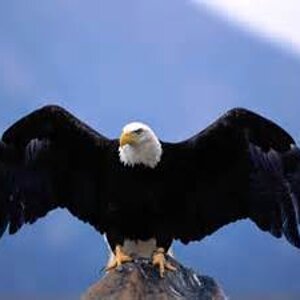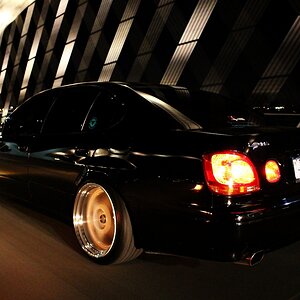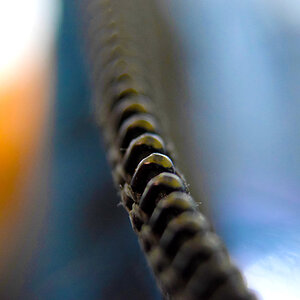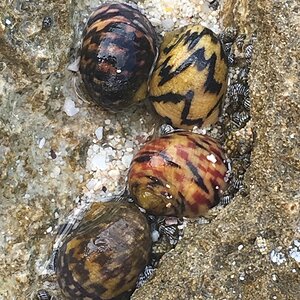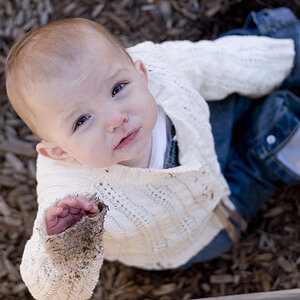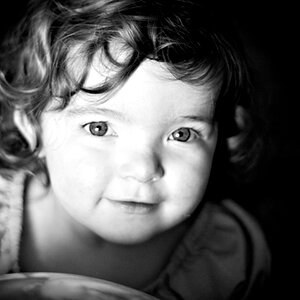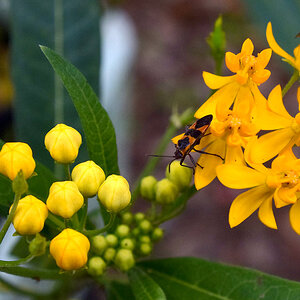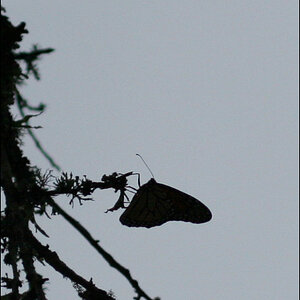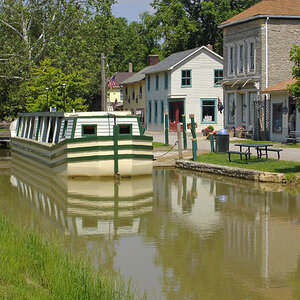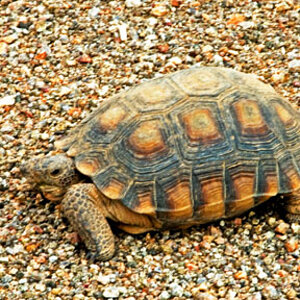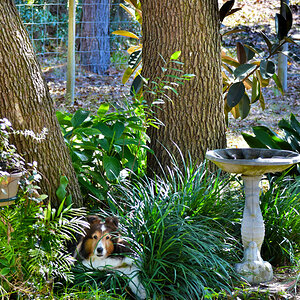- Joined
- Mar 18, 2013
- Messages
- 15,444
- Reaction score
- 15,318
- Location
- Boston
- Can others edit my Photos
- Photos OK to edit
Here are some of the missed focus/exposure failures that I mentioned in the Birds thread that I'm looking for advice on. Using Tamron 70-300 VC (the newest version) and 7100, shooting in Manual at f/5.6 - f/11, 1/1000, Auto ISO, AF-C, CL. Was seriously disappointed in these. Maybe my expectations were too high or more likely my technique and knowledge of my AF system need work.
1. Missed focus despite my camera showing the red focus square directly on the head. Also it's a bit of a heavy crop since I couldn't get any closer.
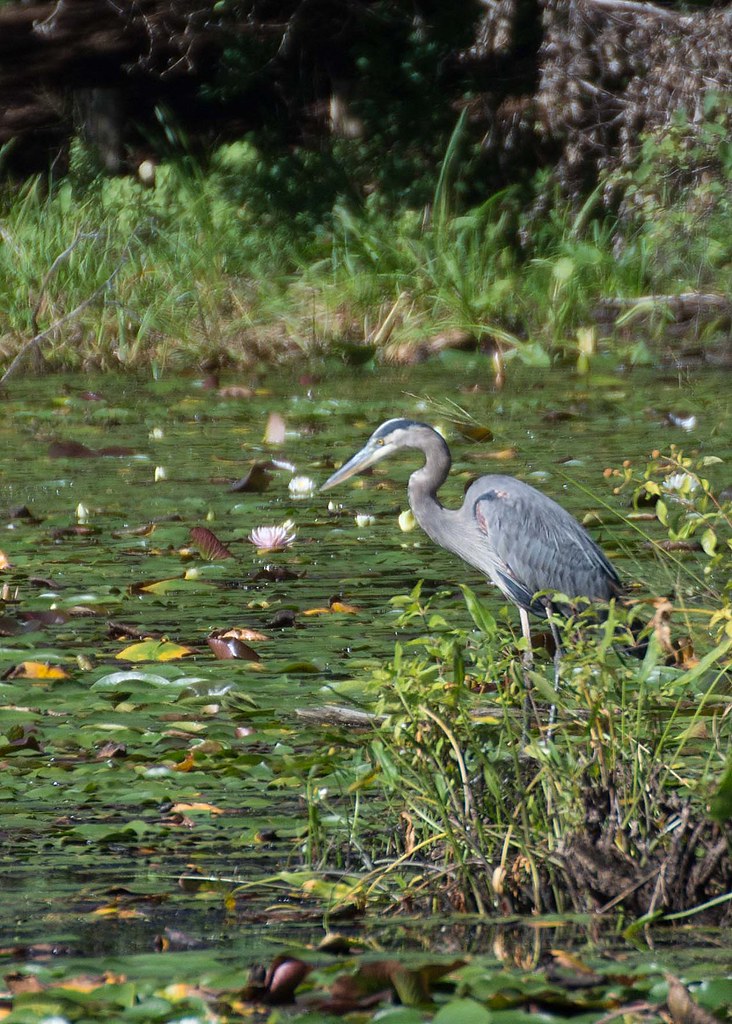 Ipswich_7008_edited-1 by SharonCat..., on Flickr
Ipswich_7008_edited-1 by SharonCat..., on Flickr
2. Not really sharp, needed significant shadow and black adjustments depsite using spot metering on the bird and Auto ISO. What am I doing wrong as far as exposure goes?
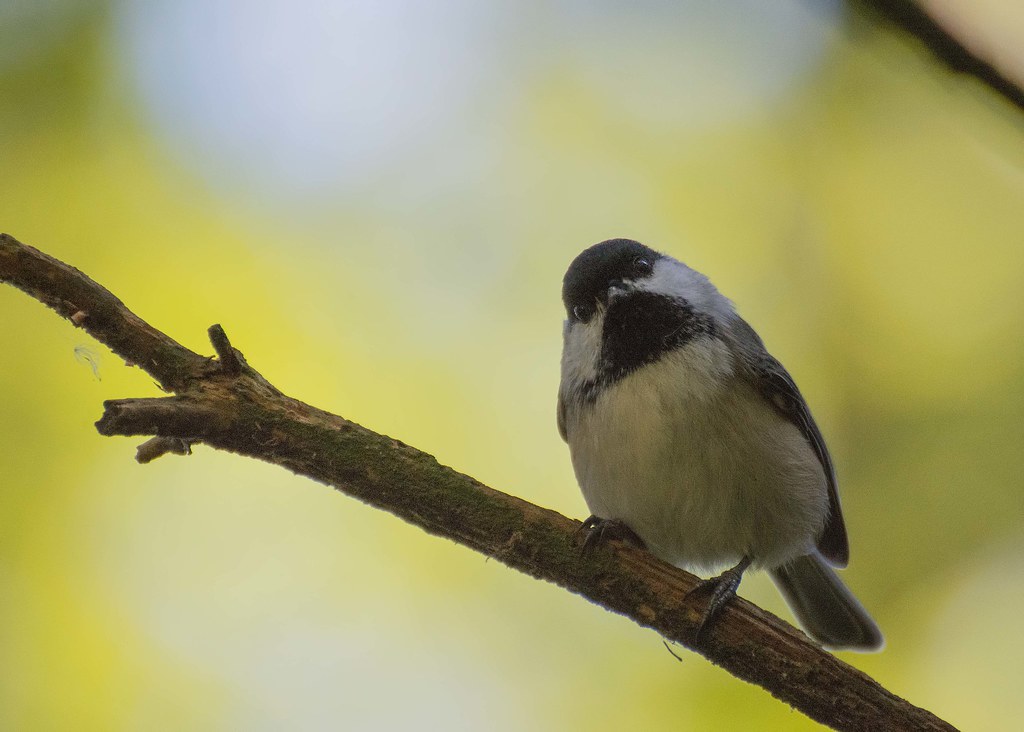 Ipswich_7016_edited-3 by SharonCat..., on Flickr
Ipswich_7016_edited-3 by SharonCat..., on Flickr
3. Not sharp and poorly exposed. Needed to lighten shadows and bump exposure quite a bit, added sharpening. Strangely, when I view this one in camera there is no red focus square so does that mean focus never locked? The Tamron was hunting for focus quite a bit when we were in shade like in this shot.
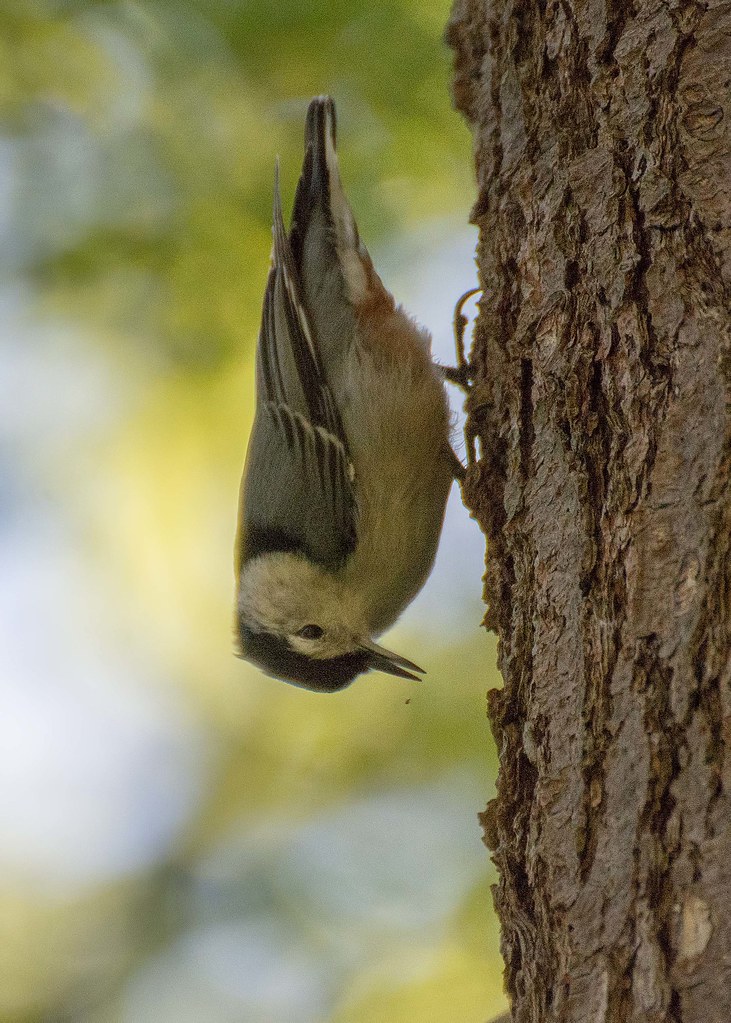 Ipswich_7018_edited-1 by SharonCat..., on Flickr
Ipswich_7018_edited-1 by SharonCat..., on Flickr
4. This one took off right as I hit the shutter. If I am using Af-C and locked on shouldn't the AF track him and stay focused? I really need to better understand my AF system! Up until now most of my shooting is stationary objects or landscapes with the occasional posed person thrown in. Any resource recommended for learning more about how the AF should work?
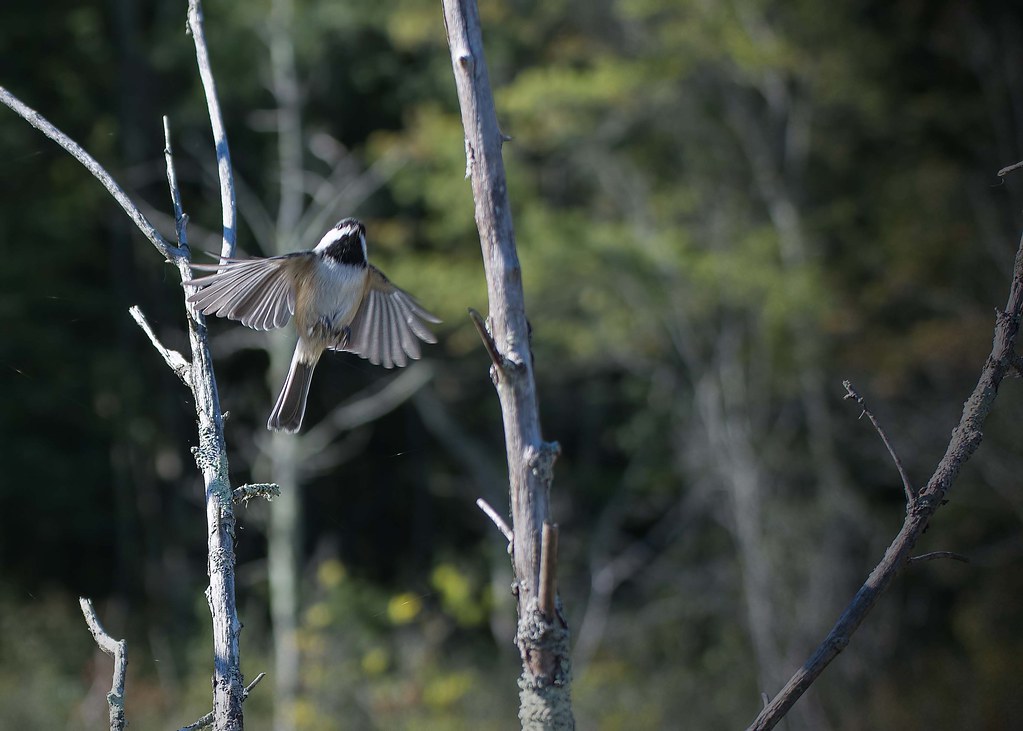 Ipswich_6965_edited-1 by SharonCat..., on Flickr
Ipswich_6965_edited-1 by SharonCat..., on Flickr
Any advice or critique of my settings would be greatly appreciated! Thanks.
1. Missed focus despite my camera showing the red focus square directly on the head. Also it's a bit of a heavy crop since I couldn't get any closer.
 Ipswich_7008_edited-1 by SharonCat..., on Flickr
Ipswich_7008_edited-1 by SharonCat..., on Flickr 2. Not really sharp, needed significant shadow and black adjustments depsite using spot metering on the bird and Auto ISO. What am I doing wrong as far as exposure goes?
 Ipswich_7016_edited-3 by SharonCat..., on Flickr
Ipswich_7016_edited-3 by SharonCat..., on Flickr3. Not sharp and poorly exposed. Needed to lighten shadows and bump exposure quite a bit, added sharpening. Strangely, when I view this one in camera there is no red focus square so does that mean focus never locked? The Tamron was hunting for focus quite a bit when we were in shade like in this shot.
 Ipswich_7018_edited-1 by SharonCat..., on Flickr
Ipswich_7018_edited-1 by SharonCat..., on Flickr4. This one took off right as I hit the shutter. If I am using Af-C and locked on shouldn't the AF track him and stay focused? I really need to better understand my AF system! Up until now most of my shooting is stationary objects or landscapes with the occasional posed person thrown in. Any resource recommended for learning more about how the AF should work?
 Ipswich_6965_edited-1 by SharonCat..., on Flickr
Ipswich_6965_edited-1 by SharonCat..., on FlickrAny advice or critique of my settings would be greatly appreciated! Thanks.


